Polestar's Precept Concept: New Details Provided, Questions Left Unanswered

Polestar has released details of its Precept concept, offering a reminder that this will be the vehicle that informs all future models the company produces. Jointly owned by Volvo Cars and Zhejiang Geely Holding, Polestar has morphed from the Swedish manufacturer’s partner in performance engineering into a separate brand specializing in sporting EVs.
We’ve seen the Precept before, bashing it gently in February for being a handsome sedan with a manufacturer that wasted everyone’s time (and its press release) by prattling on endlessly about green tech and sustainability. While we had hoped Polestar would remedy this in its follow-up teaser, powertrain details remain nonexistent. Considering this is a concept car, that’s not an unforgivable sin, but it’s curious a company supposedly focused on performance engineering has twice failed to discuss that aspect of the vehicle. Instead, we’re offered additional details about the model’s design — including some new photographs — as the brand continues to discuss sustainability and high-tech features.
Just enough to keep us interested. The bare minimum.
“People ask me all the time, ‘what is the future of Polestar?’,” CEO Thomas Ingenlath stated. “Of course we are not showing our future models just yet, but Precept shows you where we will be heading — our design direction, our ambitions about sustainability and the great digital user experience we will bring with those future cars. Precept showcases our future, not as a fancy dream or something out of a sci-fi movie. This is our reality, to come.”
But it isn’t a reality yet, and many of the sustainability inclusions are things we’ve seen before. Vegan interiors with high levels of recycled materials are staples found in many modern vehicles. To its credit, Polestar has tried to take this concept as far as it can, managing to reduce interior component weight by 50 percent, with an 80 percent reduction in plastics (we’ve no idea what that means in actual pounds). Supplier Bcomp makes a flax-based natural composite that Polestar used to replace as much of petroleum-based components as it could. The rest of the interior is made of recycled PET bottles, cork, and finishing nets.
More impressive is the tech that’s going into the concept, and much of it is baked into the design (so as not to hide it). One could chide Polestar for being unable to mask the car’s LIDAR system or being too lazy to integrate interior screens into the dashboard, but we don’t mind in this instance. The sedan is unabashedly modern, bordering on wildly futuristic. There are also so many interesting touches that it offsets normally unpleasant items like a floating screen and tacked-on digital gauge display.
Polestar has oriented both in a manner similar to Volvo. There’s a stout 9-inch display in front of the driver and a long 15-inch central infotainment system (powered by Android) that deals with navigation, multimedia, and managing vehicle settings. Precept recognizes occupants as they enter the vehicle, adjusting settings and personalized content as stipulated via the Polestar Digital Key. Meanwhile, an eye-tracking camera ensures they’re attentive while driving while organizing the positioning of useful information. This works in tandem with proximity sensors designed to predict what feature the user wants to interface with, making adjustments on the fly.
Google Maps is integrated with the concept’s advanced driving aids. Polestar elected to have that data transmitted through the driver display, rather than the infotainment system, for safety reasons. Interestingly, there is little talk of self-driving. While the model does have a roof-mounted LIDAR array and dual radar installed into the grille, Polestar says this is only in service of existing driving aids (Pilot Assist).
It may assist in “future advanced driving technology,” the brand claims.
Still, it’s the design that really sticks with you. We could do without an in-cabin camera monitoring our every move, but that bodywork really needs to make it into production. It’s minimalist, with clever ambient lighting both inside and out. The Precept also doesn’t try to mask hardware required for its driving assistance features. Combined with its wedge-shaped exterior, the sedan is vaguely reminiscent of the triangular automotive concepts from the 1970s and early 1980s — just with a higher level of polish and practicality. With the above in mind, having digital displays hovering off the dashboard almost seem fitting.
Polestar calls the design avant-garde, having nothing in common with “historical automotive references.” We think that’s taking things too far. While the styling is excellent, it borrows heavily from EV startups and vintage concepts. Seen in profile, the Precept could be confused as the smaller sibling of Faraday Future’s presumably abandoned FF91. Minimalism and elongated central screens are hallmarks of both Tesla and Volvo. Aerodynamics pretty much dictate the rest, with the manufacturer tailoring things to give the car a bit of an edge — literally and figuratively. There’s less new here than Polestar would like to admit, but it still coalesces into something alluring.
Precept isn’t intended for assembly, however. It’s just here to showcase the pathway Polestar intends to take for all subsequent production cars. Based upon its numerical naming strategy, the Polestar 3 is next. Assumed to be based upon Volvo’s XC40 (like the Polestar 2), the SUV is expected to embrace quite a bit of the Precept’s design language before it can be better realized by future products.
[Images: Polestar]

A staunch consumer advocate tracking industry trends and regulation. Before joining TTAC, Matt spent a decade working for marketing and research firms based in NYC. Clients included several of the world’s largest automakers, global tire brands, and aftermarket part suppliers. Dissatisfied with the corporate world and resentful of having to wear suits everyday, he pivoted to writing about cars. Since then, that man has become an ardent supporter of the right-to-repair movement, been interviewed on the auto industry by national radio broadcasts, driven more rental cars than anyone ever should, participated in amateur rallying events, and received the requisite minimum training as sanctioned by the SCCA. Handy with a wrench, Matt grew up surrounded by Detroit auto workers and managed to get a pizza delivery job before he was legally eligible. He later found himself driving box trucks through Manhattan, guaranteeing future sympathy for actual truckers. He continues to conduct research pertaining to the automotive sector as an independent contractor and has since moved back to his native Michigan, closer to where the cars are born. A contrarian, Matt claims to prefer understeer — stating that front and all-wheel drive vehicles cater best to his driving style.
More by Matt Posky
Latest Car Reviews
Read moreLatest Product Reviews
Read moreRecent Comments
- ToolGuy I'm several months behind on doing the homework, can't talk now.
- Tele Vision As a V1 owner I opine that Cadillac should be GM's version of AMG. i.e.: Regular Equinox with an inline 4 or V6; and an Equinox V with a twin-turbo V6; lowered; and appointed with many peeled cows - at twice the price. It'd sell. V all the things!
- Jeff Not really bad just mostly oil changes.
- Jeff Thanks again Corey for this Eldorado series.
- Scott I seriously doubt that they will be in business within three years. They are phasing out popular models and not replacing them. Durango is going to disappear next. They say that the elevators don’t stop on many mid level floors at the Stelantis HQ. They have let many designers and engineers go. Pretty soon the customers will get a clue that they shouldn’t bother stopping at a Stelantis dealership!
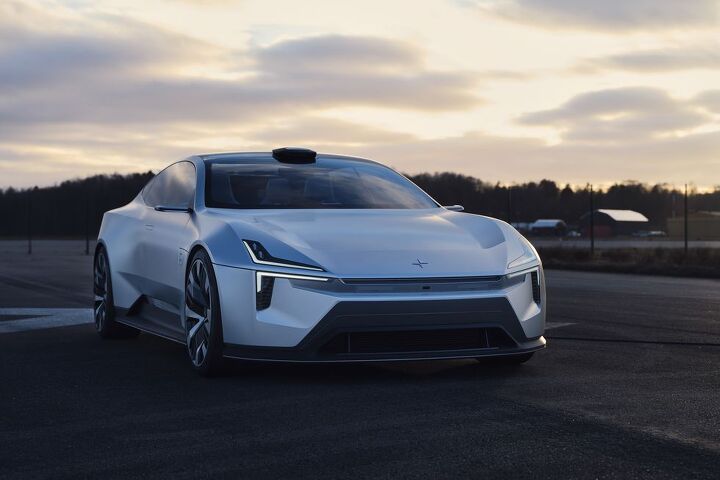























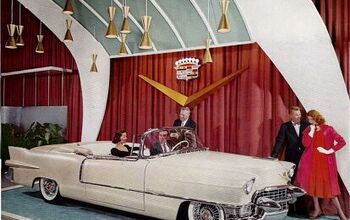

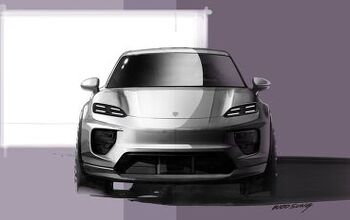

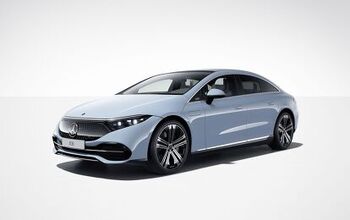



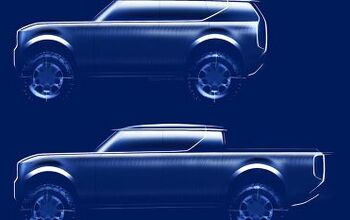


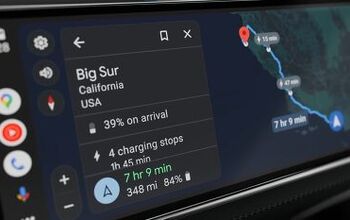
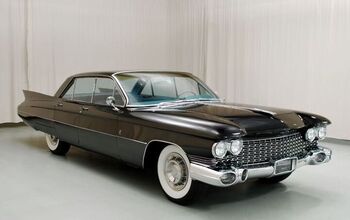

Comments
Join the conversation
Attractive, futuristic, and fairly derivative. Not exactly exciting nor memorable as a concept car goes. They should be happy that the Geneva Motor Show was cancelled and this wasn't completely lost among other more interesting vehicles. Now can we see the Polestar 2 on the road soon?
Now that front design is striking! Tesla needs a better-looking front, and this is what they should have produced